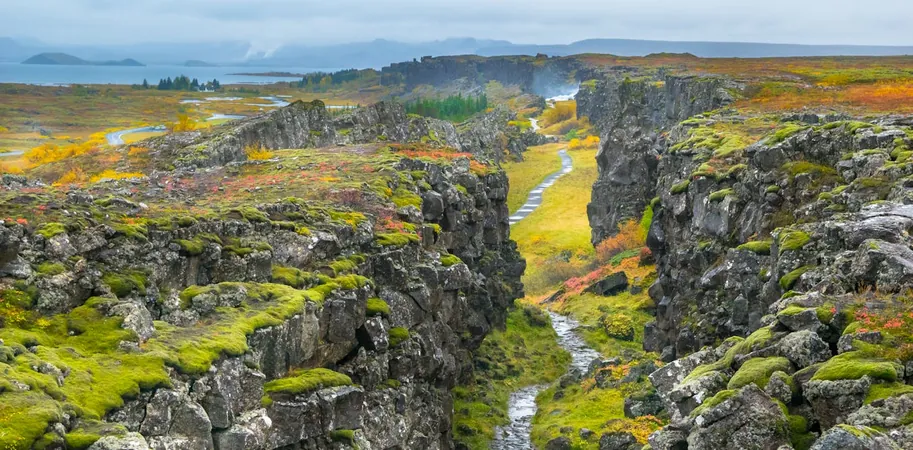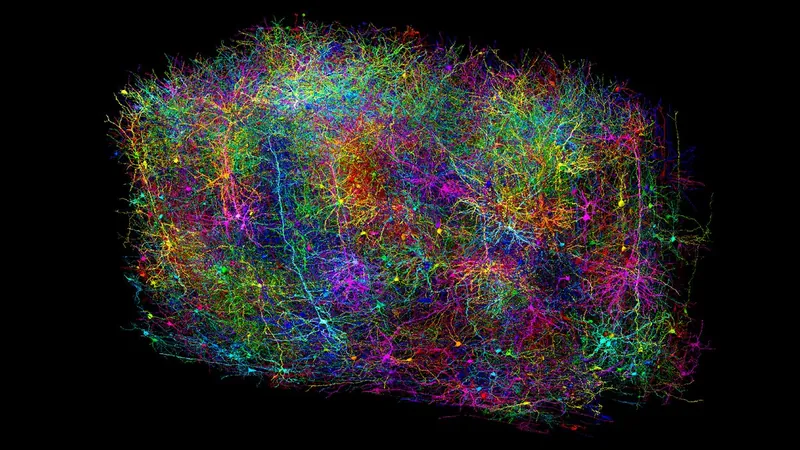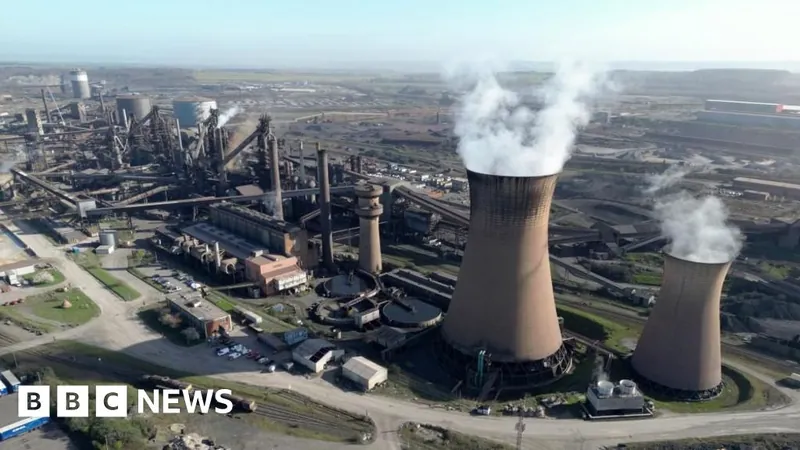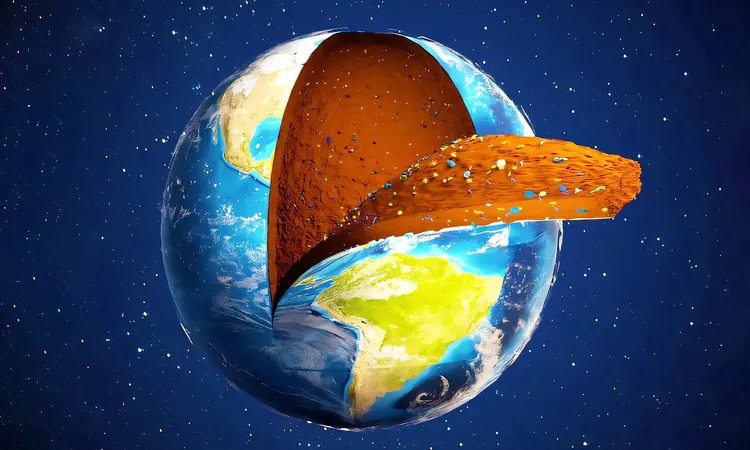
Groundbreaking Research Unveils the Ancient Chemical Mysteries of Earth's Crust: When Did Plate Tectonics Really Start?
2025-04-02
Author: Charlotte
Earth's Unique Plate Tectonics
Earth stands as the only known planet with active plate tectonics, where immense slabs of rock continuously shift over a molten interior, giving rise to continents and possibly even life itself. A recent study published in *Nature* sheds light on the chemistry of Earth’s crust from 4.5 billion years ago, offering new insights into one of science's greatest enigmas: the origins of plate tectonics.
The Age of Earth: A Journey Through Time
With its origins traced back to roughly 4.5 billion years ago, Earth’s formative years have sparked extensive debate among scientists. Some propose that initially, the planet lacked active plate tectonics and instead resembled a static crust, much like Mars today. Others argue for a more dynamic process characterized by episodic tectonics, potentially triggered by the frequent meteorite impacts that were common during the planet’s early development.
These tectonic movements not only shape the physical landscape of Earth but also influence the chemistry of the oceans and atmosphere. The interaction between shifting plates facilitates the movement of carbon and other essential elements, linking it closely to the planet's ability to sustain life.
The Unique Chemical Signature of Earth's Crust
One of the primary outcomes of tectonic movements is volcanic activity, particularly along boundaries such as the Ring of Fire in the Pacific. Remarkably, this volcanism presents a chemical signature nearly indistinguishable from today’s average continental crust, characterized by specific elemental ratios, such as a depletion of niobium when compared to rare earth elements. This signature is believed to be key in determining when plate tectonics began in Earth's history.
However, a significant challenge arises from the fact that tectonic activity compresses, melts, and transforms the rocks of the Earth’s crust. Consequently, ancient rocks, particularly from the Hadean eon (4.5 to 4 billion years ago), are exceedingly rare. Previous attempts to date the onset of plate tectonics have yielded a wide range of estimates, from 800 million to 4.5 billion years, indicating a fundamental issue in research methodologies.
A Revolutionary Approach to Ancient Earth
Beginning in early 2024, a team of researchers, including scientists from prestigious institutions like the University of Oxford and Curtin University, embarked on a new investigative approach. They developed mathematical models to simulate the conditions of early Earth when its core was still forming and the surface was dominated by molten rock.
The study revealed that the primordial crust, or protocrust, formed during the Hadean eon possessed a chemical composition strikingly similar to that of today’s continental crust. For instance, the element niobium would migrate into the core while rare earth elements would ascend, crystallizing into the crust.
An Unbreakable Signature
This groundbreaking finding suggests that the chemical fingerprint of continental crust has always been present—only recycled at island arcs throughout geological history. This crucial realization explains the inability of previous studies to arrive at a consensus regarding the timeline of tectonic activities.
Despite the geological upheavals caused by major meteorite impacts that likely melted and reprocessed the early crust, these events would have merely recycled the existing continental chemical signature rather than creating it anew. Some of these colossal impacts might have also instigated the periodic subduction—the downward and lateral movement of tectonic plates—that ultimately evolved into the continuous mechanism we observe today.
The Need for Further Exploration
Determining the precise moment when Earth’s crust became unstable enough to begin subduction is more complex than previously thought. It necessitates further modeling of the geodynamics of early Earth’s crust, as well as a reevaluation of how these processes tie into the broader narrative of Earth’s evolution and the emergence of life.
The implications of this study extend beyond Earth, offering a new perspective on how continents and potentially life might form on other rocky planets. As we gain deeper insights into our planet's past, we pave the way for understanding worlds beyond our own, sparking curiosity about the potential for life elsewhere in the universe.
This leaps into the unknown not only enhance our grasp of Earth’s history but also fuel our quest to discover life on other planets. The mysteries of the cosmos await—are we ready to peel back the layers?









 Brasil (PT)
Brasil (PT)
 Canada (EN)
Canada (EN)
 Chile (ES)
Chile (ES)
 Česko (CS)
Česko (CS)
 대한민국 (KO)
대한민국 (KO)
 España (ES)
España (ES)
 France (FR)
France (FR)
 Hong Kong (EN)
Hong Kong (EN)
 Italia (IT)
Italia (IT)
 日本 (JA)
日本 (JA)
 Magyarország (HU)
Magyarország (HU)
 Norge (NO)
Norge (NO)
 Polska (PL)
Polska (PL)
 Schweiz (DE)
Schweiz (DE)
 Singapore (EN)
Singapore (EN)
 Sverige (SV)
Sverige (SV)
 Suomi (FI)
Suomi (FI)
 Türkiye (TR)
Türkiye (TR)
 الإمارات العربية المتحدة (AR)
الإمارات العربية المتحدة (AR)